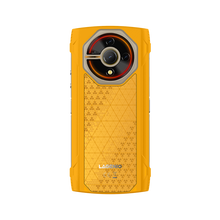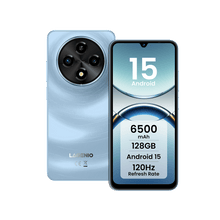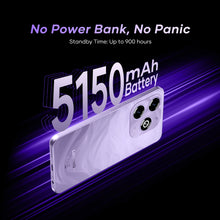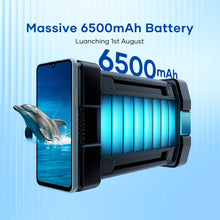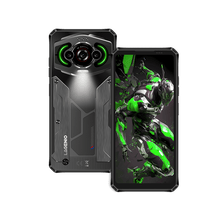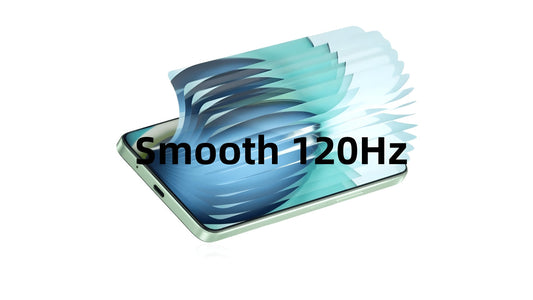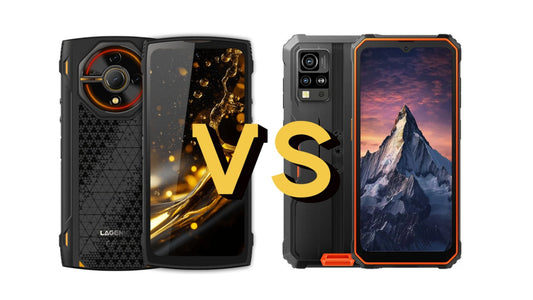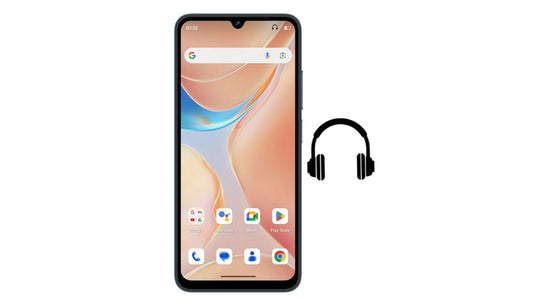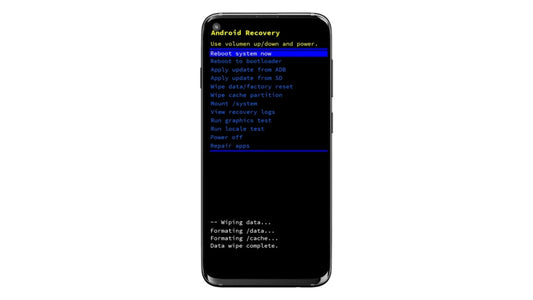Why Rugged Phones Excel in Extreme Temperatures: A Practical Guide

Welcome to the LAGENIO Smartphone Blog — where your mobile questions get clear answers.
Have you ever experienced your smartphone shutting down mid-hike in freezing winter, or slowing down under the scorching sun during a summer adventure? For most conventional smartphones, extreme temperatures can be more than just an inconvenience—they can temporarily render the device unusable. This is where rugged, or “three-proof,” phones truly shine.
Rugged phones are designed to resist water, dust, impact—and extreme temperatures. Understanding how they handle heat and cold can help you decide whether they’re right for your lifestyle, especially if you spend time outdoors, live in extreme climates, or rely on your phone for demanding work.
Why Temperature Matters
Temperature extremes affect smartphones in several ways:
- High temperatures can trigger automatic throttling, dim screens, or even cause the phone to shut down to prevent overheating.
- Low temperatures drastically reduce battery life, slow down touchscreens, and in some cases, prevent charging altogether.
For example, Apple’s iPhone has a recommended operating temperature range of 0°C to 35°C. Outside this range:
- Below 0°C, charging is disabled, and the phone may shut down unexpectedly.
- Above 35°C, performance may drop, the screen may dim, or the device could automatically power off to protect its internal components.
In contrast, rugged phones are designed to operate reliably far beyond the limits of conventional devices, providing peace of mind for extreme environments.
How Rugged Phones Handle Extreme Temperatures
Rugged phones achieve superior temperature resistance through thoughtful design:
1. High-temperature resilience
- Components such as the CPU, battery, and display are made from materials that tolerate heat without degradation.
- Internal layouts are optimized to dissipate heat, preventing damage during prolonged exposure to high temperatures.
2. Low-temperature optimization
- Batteries use chemical formulas better suited for low temperatures, maintaining usable capacity even in the cold.
- Displays and casings remain flexible at low temperatures, preventing cracks or brittleness.
3. Reinforced and sealed exteriors
- Sturdy outer shells prevent deformation in heat.
- Waterproof and dustproof seals protect against moisture and ice formation in freezing conditions.
Through these design choices, a rugged phone not only maintains stable performance in situations where ordinary phones would fail, but also supports glove mode and offers features and performance comparable to—or even exceeding—regular smartphones.

Rugged Phones vs. Regular Smartphones: A Quick Comparison
Here’s how rugged phones compare to standard smartphones like iPhones or Samsung Galaxy devices in extreme temperatures:
| Feature | Standard Smartphone (iPhone/Android) | Rugged Phone |
|---|---|---|
| Operating Temperature | 0°C – 35°C | -20°C – 60°C |
| Charging | Disabled below 0°C, limited above 35°C | Normal in high or low temperatures |
| High-Temperature Performance | Screen dims, CPU throttles, possible shutdown | Maintains performance, optimized heat dissipation |
| Low-Temperature Performance | Battery drains quickly, touchscreen slows, may shut down | Can operate, battery retains capacity, screen responsive |
⚠️ Note: Actual limits may vary by model, but rugged phones consistently outperform regular smartphones in extreme conditions.
Who Benefits Most from Rugged Phone Temperature Resistance?
- Outdoor adventurers: Mountaineers, skiers, hikers, and desert trekkers.
- Users in hot climates: Those living in low-latitude regions with prolonged summer heat.
- Professionals in harsh environments: Construction workers, miners, firefighters, and rescue teams.
- People in extreme weather regions: Cold winters or heatwaves where conventional phones struggle.
If you regularly face extreme heat or cold, rugged phones ensure your device stays operational when you need it most.
Practical Tips for Using Your Phone in Extreme Temperatures
Even rugged phones have limits. Proper care extends their lifespan and ensures reliable operation:
High temperatures:
- Avoid leaving the phone in direct sunlight for long periods.
- Reduce screen brightness and close unnecessary high-performance apps.
- Use built-in heat management features if available.
Low temperatures:
- Keep the phone close to your body or inside clothing for warmth.
- Limit prolonged exposure to freezing conditions.
- Allow the phone to warm up before intensive use or charging.
Comparison tip:
- Standard smartphones may automatically power off or refuse charging in extreme temperatures.
- Rugged phones can continue functioning, making them ideal for work or adventure in challenging climates.
Conclusion
A rugged phone isn’t just built to survive drops, dust, and water—it’s designed to perform reliably in extreme temperatures where regular smartphones fail.
Whether for outdoor adventures, tough work sites, or harsh climates, a rugged phone keeps you connected and worry-free.




